External cladding is an essential element of any building’s exterior, providing protection and insulation.
Over time, dirt, grime, and mold can build up, compromising both the appearance and functionality of the cladding.
We explore the different types of external cladding, why it is important to keep it clean, the tools and materials needed for cleaning, and step-by-step guides on how to clean wood, vinyl, metal, brick, and fiber cement cladding.
We provide some tips for maintaining clean external cladding to keep your building looking its best.

What Is External Cladding?
External cladding refers to a protective layer attached to the exterior walls of a building. It serves as a shield against UV damage, and weather elements, and enhances the aesthetic appeal of the structure.
One of the most significant advantages of external cladding is its ability to act as a barrier against moisture, preventing water infiltration and mold growth inside the building. Different types of cladding materials such as PVC and metal offer durability and low maintenance requirements, making them a cost-effective choice for long-term protection. Plus safeguarding the structure, cladding also provides insulation benefits, contributing to energy efficiency and reducing heating and cooling costs. To ensure the longevity of cladding systems, proper access solutions for maintenance tasks like cleaning, repairs, and inspections are essential.

Why Is It Important To Clean External Cladding?
Cleaning external cladding is crucial to maintain the appearance and structural integrity of a building. Regular cleaning, such as using Purple Rhino’s services, can prevent water staining, restore the cladding, and act as a preventative measure against further damage.
External cladding, when neglected, can accumulate dirt, mold, and pollutants over time, compromising the overall aesthetics and durability of the structure. By implementing pressure washing techniques, the deeply embedded grime can be effectively removed, revealing the original beauty of the building’s façade. This cleaning method not only enhances the visual appeal but also serves as a form of restoration, breathing new life into the cladding.

What Are The Different Types Of External Cladding?
External cladding comes in various forms such as UPVC, cedar wood, and metal, catering to the different needs of industrial and commercial buildings. Specialized access is often required for maintenance and cleaning purposes.
UPVC, known for its durability and low maintenance, is a popular choice for external cladding on industrial structures. Its resistance to moisture and weathering makes it suitable for a wide range of applications.
On the other hand, cedar wood exudes a natural charm and warmth and is often preferred for commercial buildings seeking a more traditional look. It requires more frequent maintenance due to its susceptibility to weather damage.
Considering the need for specialized access solutions, industrial and commercial structures fitted with high-rise cladding must prioritize safety measures for maintenance tasks. Whether utilizing scaffolding, cradles, or rope access systems, ensuring that technicians can work efficiently and securely is paramount for preserving the integrity and aesthetics of the cladding materials.
Wood Cladding
Wood cladding, especially cedar wood, is a popular choice for adding a natural look to buildings. It is commonly used in structures like railway stations but requires regular cleaning to prevent the buildup of spider webs and dirt.
Cedar wood cladding offers a classic yet modern aesthetic, with its warm tones and unique grain patterns that enhance the overall appearance of a building. Its natural durability and resistance to decay make it an ideal choice for outdoor applications, such as railway stations, where exposure to the elements is constant.
Regular cleaning of cedar wood cladding is essential to maintain its beauty and functionality. Dust, dirt, and moisture can accumulate on the surface over time, leading to the growth of unsightly spider webs and potential decay. By following a simple cleaning routine, you can preserve the natural charm of cedar wood and prevent issues before they escalate.
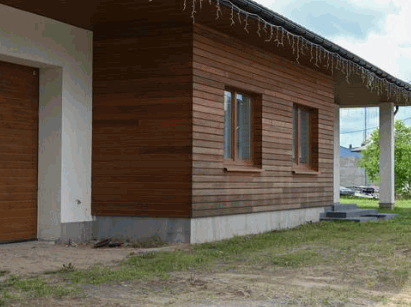
Vinyl Cladding
Vinyl cladding, known for its durability and low maintenance, is a popular choice for many buildings. Companies like Purple Rhino offer services such as render cleaning in the Southeast region, including powder-coated window frame maintenance.
One of the key benefits of vinyl cladding is its exceptional longevity, as it can withstand harsh weather conditions without deteriorating. Its resistance to rot, mold, and pests makes it a reliable option for building exteriors.
The minimal maintenance requirements of vinyl cladding make it a cost-effective solution in the long run. With regular cleaning and occasional inspections, it can maintain its appearance for years to come, reducing the need for frequent repairs.

Metal Cladding
Metal cladding, particularly high-level cladding, offers a modern and sleek appearance to buildings. Cleaning methods like reach and wash systems are often employed for efficient maintenance. Companies may provide no-obligation quotations for such services.
High-level metal cladding is sought after for its ability to enhance the overall aesthetics of structures, creating a striking visual impact that complements modern architectural designs. The sleek, clean lines and metallic finish add a touch of sophistication to any building facade, making it a popular choice in contemporary construction projects.
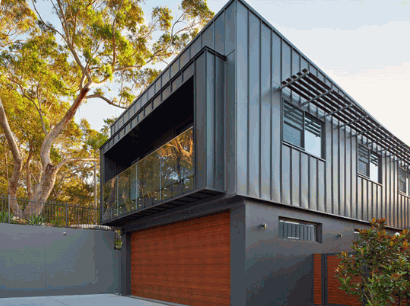
Brick Cladding
Brick cladding, common in industrial and commercial buildings, provides a classic and sturdy appearance. It may be susceptible to water staining issues, highlighting the importance of maintaining warranties for such installations.
One of the key benefits of brick cladding is its utilitarian nature, offering durable protection against external elements while simultaneously enhancing the aesthetic appeal of the structure. The use of brick also adds a touch of warmth and authenticity, creating a welcoming atmosphere that resonates with both clients and employees. Brick cladding can be customized to fit various design preferences, making it a versatile choice for different architectural styles. Despite its durability, water staining can pose a challenge, necessitating regular maintenance and the implementation of proper drainage systems to prevent any long-term damage.
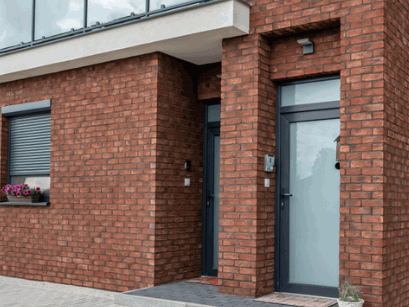
Fiber Cement Cladding
Fiber cement cladding, a versatile and durable solution for exterior cladding, is often chosen for its resilience.
It is highly valued in construction for its ability to withstand harsh weather conditions, resist fire, and require minimal maintenance. Real Cleaning Company, a renowned provider of specialized services, recognizes the unique needs of fiber cement cladding. Their innovative window cleaning systems, specifically designed for this type of cladding, help maintain its pristine appearance and longevity.
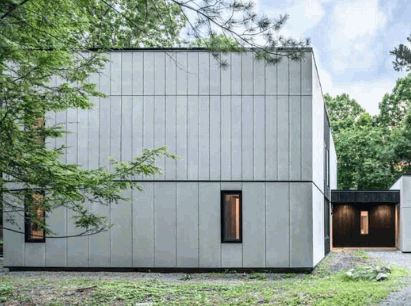
What Are The Tools And Materials Needed To Clean External Cladding?
Cleaning external cladding effectively requires specific tools and materials such as a soft-bristle brush, pressure washer, ladder for access to higher areas, and safety gear to ensure a secure cleaning process.
Other essential tools for cleaning external cladding include a bucket for water and cleaning solutions, a sponge or microfiber cloth for detailed cleaning, and a sturdy pair of gloves to protect your hands.
- Safety goggles and a dust mask are crucial to shield your eyes and lungs from debris and chemicals.
- For multi-story buildings, a telescopic wand attachment for the pressure washer is handy to reach high spots without compromising safety.
- Consider using a biodegradable cleaning solution to minimize environmental impact.
Soft-Bristle Brush
A soft-bristle brush is a gentle yet effective tool for cleaning exterior surfaces, especially PVC cladding. It helps in removing dirt and grime without causing damage to the cladding material.
These brushes are designed to dislodge stubborn particles but are soft enough to prevent scratches or marks. The bristles help reach into corners and crevices, ensuring a thorough clean. The gentle nature of the brush makes it ideal for regular maintenance without compromising the quality of the PVC surface.
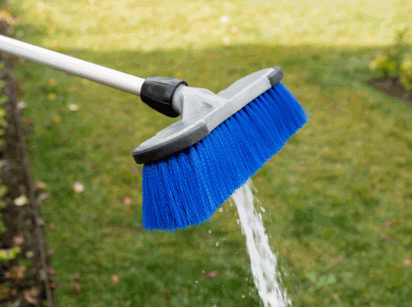
Mild Detergent
Using a mild detergent in the cleaning process can effectively eliminate tough stains and water markings on exterior cladding. It helps in restoring the appearance of the building’s facade.
Unlike harsh chemicals that can damage the surface and alter the color of the cladding, mild detergents provide a gentle yet powerful cleaning solution. Their pH-balanced formula ensures that the cleaning process is safe for the material without compromising on effectiveness. Additionally, mild detergents are environmentally friendly, reducing the impact on surrounding ecosystems while still achieving a thorough clean. By using mild detergents regularly, you can maintain the pristine condition of your building’s exterior, enhancing its curb appeal and longevity.
Uncover more: What Is The Best Window Cleaning Solution

Pressure Washer
A pressure washer is an efficient tool for cleaning external cladding, as it can remove dirt, grime, and even UV-damaged particles effectively. It provides a thorough cleaning solution for building exteriors.
By utilizing high-pressure water spray, a pressure washer can penetrate deep into the crevices of the cladding, ensuring a pristine finish. The powerful jets of water are able to dislodge stubborn stains and contaminants, leaving the facade looking fresh and renewed.
Pressure washers are versatile tools that can adjust pressure settings to suit different types of cladding materials, preventing any damage during the cleaning process. Whether it’s for removing mold, algae, or general grime buildup, a pressure washer offers a cost-effective and efficient way to maintain the aesthetic appeal of buildings.
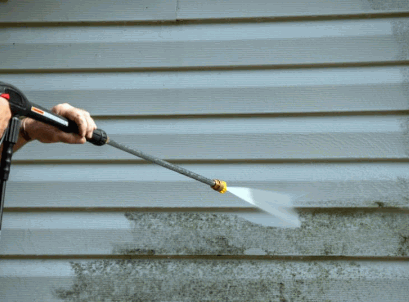
Ladder
A ladder is an essential access tool for reaching higher areas during external cladding cleaning. Proper ladder usage ensures safe and effective cleaning practices, especially for elevated building sections.
It is crucial to select the right type and size of ladder for the job to prevent accidents and ensure stability while working at heights. Always inspect the ladder for any damage or defects before climbing.
Proper ladder positioning is key to maintain balance and prevent falls. Always maintain three points of contact while climbing or descending, and avoid overreaching to reduce the risk of tipping over. Consider using ladder accessories like stand-offs or stabilizers for added safety and stability during the cleaning process.
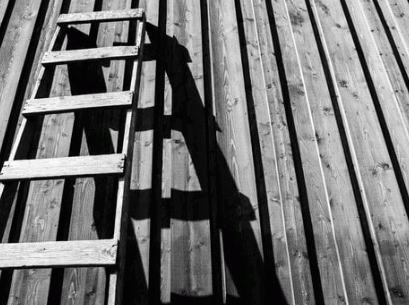
Safety Gear
Wearing appropriate safety gear is crucial when cleaning high-level cladding to prevent accidents and ensure the well-being of the cleaning personnel. Safety gear includes items like harnesses, helmets, and protective clothing.
High-level cleaning tasks involve inherent risks due to working at elevated heights, which magnifies the importance of proper safety precautions.
- Workers must don harnesses to secure themselves to prevent falls.
- They should wear helmets to protect their heads from potential impacts.
- Specialized protective clothing is necessary to shield them from hazardous substances or materials that may be encountered during cleaning processes.
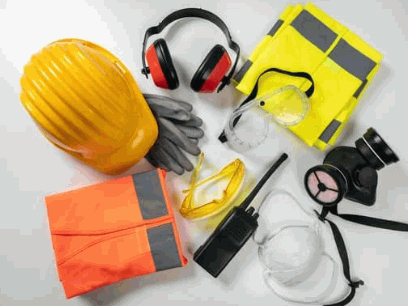
How To Clean Wood Cladding?
To clean wood cladding effectively, use gentle methods like soft washing to avoid damage. For PVC cladding, a specialized cleaning approach may be required to maintain its appearance and longevity.
When cleaning wood cladding, it is essential to avoid harsh chemicals or abrasive tools that can strip away the protective layers and natural oils, leading to potential deterioration over time. Organic cleaners or mild detergent solutions diluted in warm water are ideal for maintaining the wood’s integrity while effectively removing dirt and grime. Make sure to rinse thoroughly with clean water to prevent residue buildup. Regular inspections can help identify any areas that may need special attention or repairs for long-term preservation.
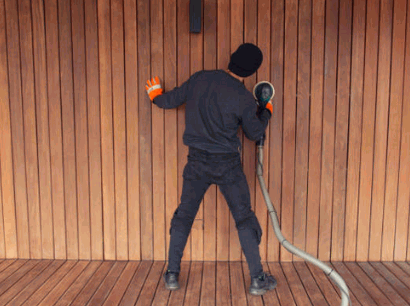
How To Clean Vinyl Cladding?
Cleaning vinyl cladding involves using soft washing techniques to preserve its quality. Utilizing a dedicated window cleaning system can ensure a thorough cleaning of the cladding surface.
One of the initial steps in cleaning vinyl cladding is to inspect the surface for any visible dirt, mold, or mildew. Before starting the cleaning process, it’s essential to remove any loose debris or dirt with a gentle brush or soft cloth.
Next, prepare a cleaning solution by mixing mild detergent or specialized vinyl cladding cleaner with water. Using a soft wash brush or a soft cloth, apply the cleaning solution to the cladding surface in gentle circular motions.
Rinse thoroughly with water to remove the cleaning solution and any remaining dirt. Consider incorporating a specialized window cleaning system that can reach high and difficult-to-access areas for a comprehensive cleaning experience.
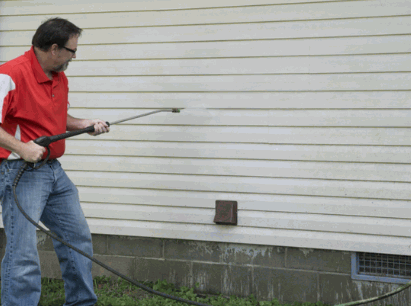
How To Clean Metal Cladding?
Metal cladding can be effectively cleaned using pressure washing methods to remove dirt and grime. Alternatively, reach and wash systems are ideal for accessing higher areas of metal cladding for thorough cleaning.
When utilizing pressure washing for cleaning metal cladding, it is important to adjust the pressure level according to the specific needs of the surface. Higher pressure may be required for tougher stains, but caution should be exercised to prevent damage. Consider using a suitable detergent or cleaner to enhance the cleaning process. For optimal results, work in sections and ensure thorough rinsing to prevent streaking.
On the other hand, employing reach and wash systems offers several advantages, including improved safety by reducing the need for ladders or scaffolding. These systems allow for efficient cleaning of elevated sections, ensuring a comprehensive and uniform finish across the entire surface. Reach and wash systems are environmentally friendly as they often use purified water without the need for harsh chemicals.
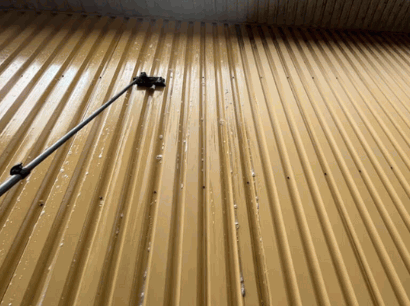
How To Clean Brick Cladding?
Cleaning brick cladding involves gentle methods to prevent damage to the brick surface. Restoration techniques may be necessary to retain the classic appearance of brick cladding on the building’s facade.
When dealing with brick cladding, it’s essential to avoid harsh chemicals or abrasive tools that can harm the bricks. Instead, opt for gentle cleaning solutions like a mixture of mild detergent and water or using a soft-bristled brush.
Brick surfaces can be porous, making them susceptible to damage if treated too roughly. For tougher stains or areas requiring deeper cleaning, consider professional restoration services that specialize in maintaining the integrity and aesthetic appeal of brick cladding.
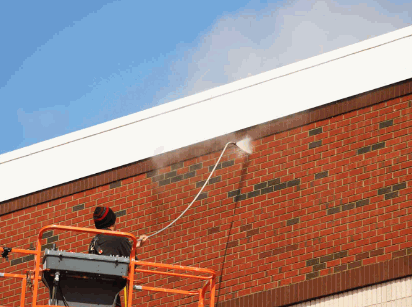
How To Clean Fiber Cement Cladding?
Cleaning fiber cement cladding requires specialized approaches to maintain its durability. Companies like Real Cleaning Company offer tailored services, including render cleaning in the Southeast region, to ensure effective cleaning of fiber cement surfaces.
First and foremost, before starting the cleaning process, it is crucial to assess the condition of the fiber cement cladding to determine the appropriate cleaning techniques. Begin by thoroughly inspecting the surface for any signs of dirt, mold, or mildew accumulation.
Identify any areas that require extra attention or spot treatment. It is essential to use gentle cleaning solutions specifically formulated for fiber cement surfaces to avoid damaging the material.
Next, prepare a cleaning solution by mixing a mild detergent with water in a bucket. Apply the solution to the cladding using a soft-bristled brush or a low-pressure sprayer, ensuring even coverage.
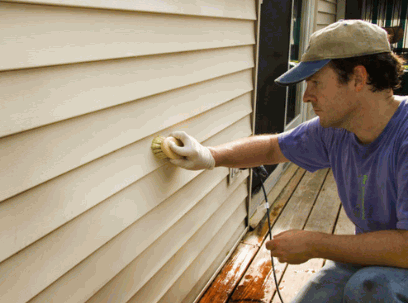
What Are Some Tips For Maintaining Clean External Cladding?
To keep external cladding clean and well-maintained, regular cleaning schedules are essential. Engaging professional services like Purple Rhino can provide effective solutions for maintaining the exterior of buildings.
By enlisting the help of experts in exterior building maintenance, property owners can save time and ensure that their cladding remains in top condition. These professionals possess the right tools, knowledge, and experience to tackle even the most stubborn dirt and grime, prolonging the life of the cladding.

